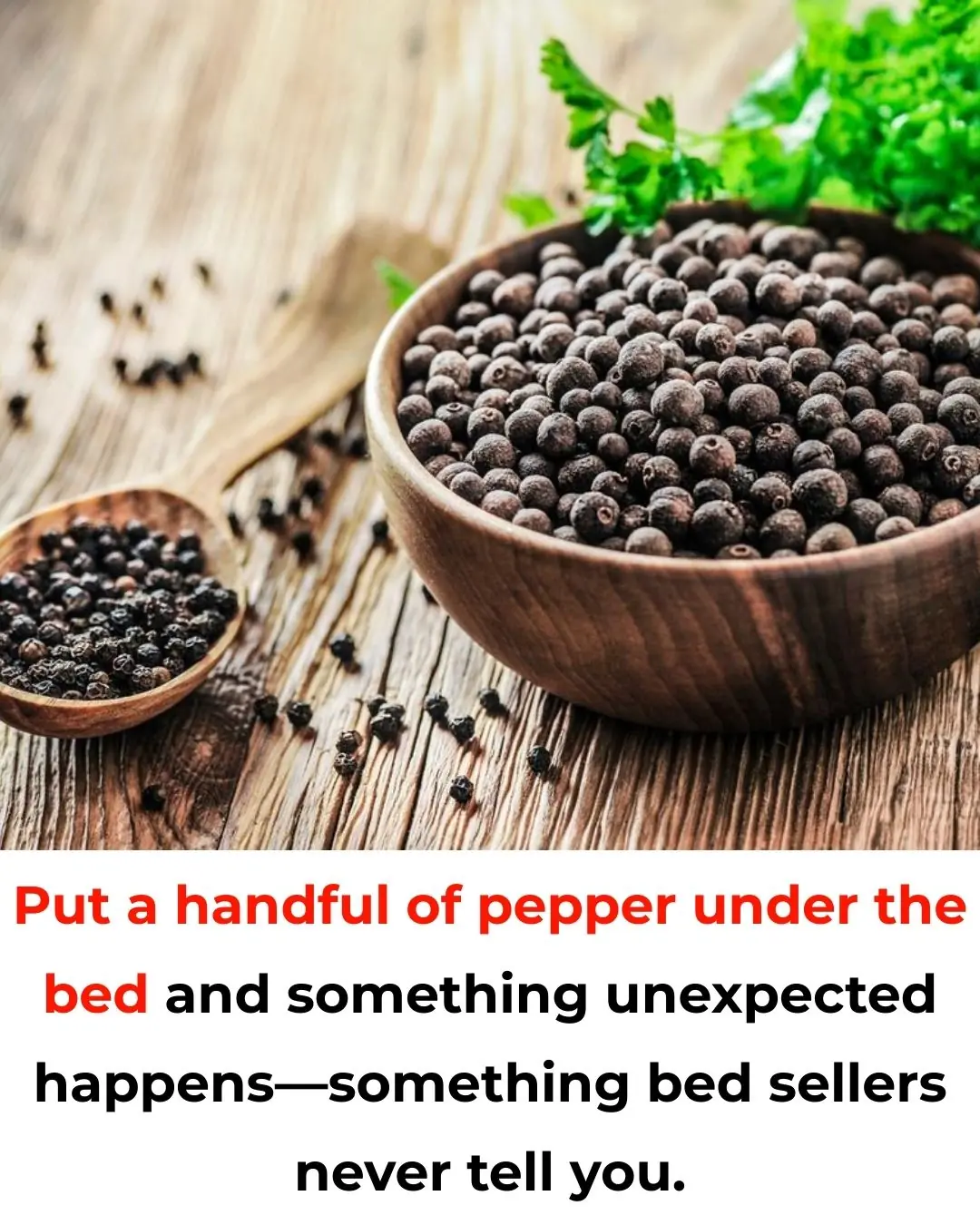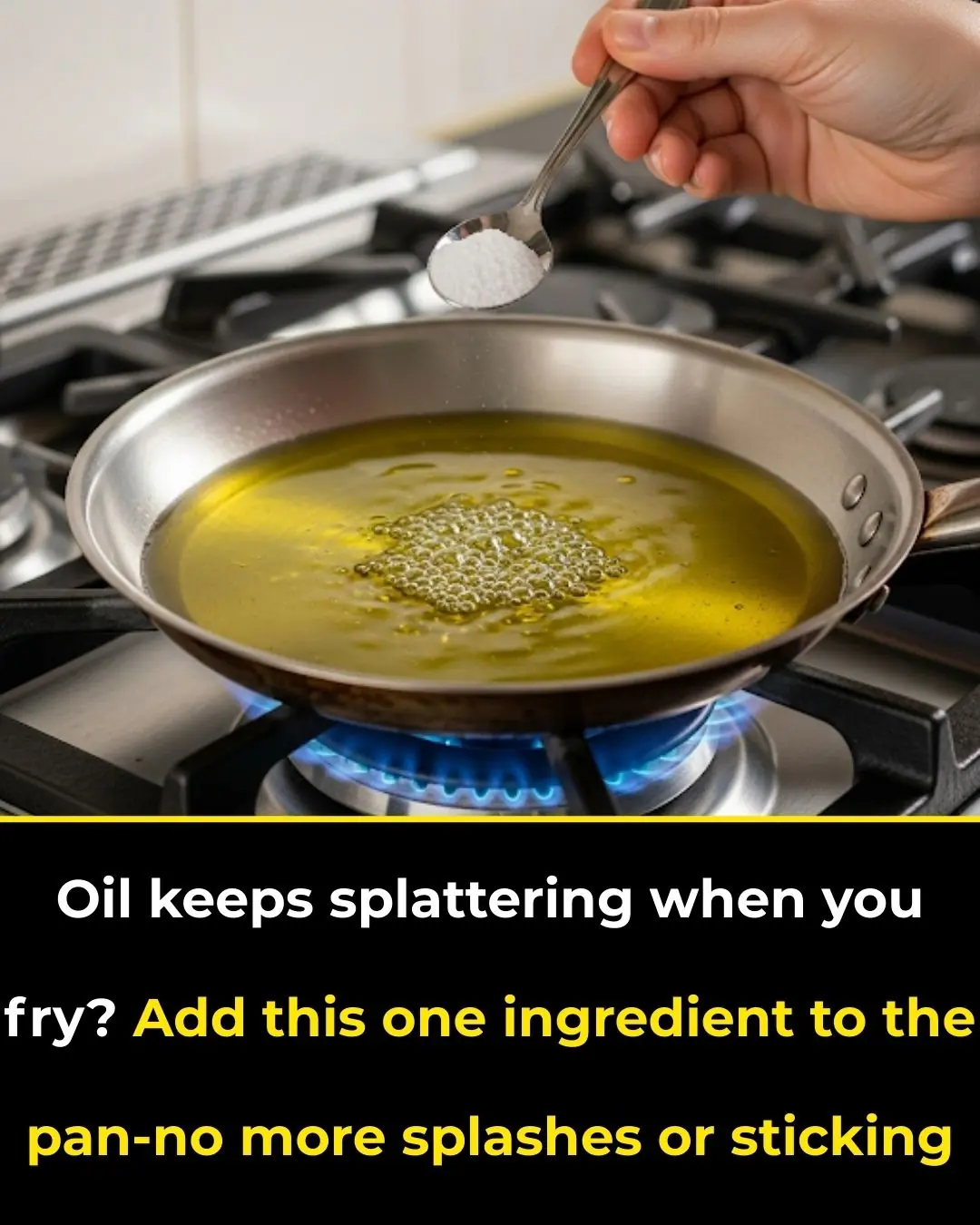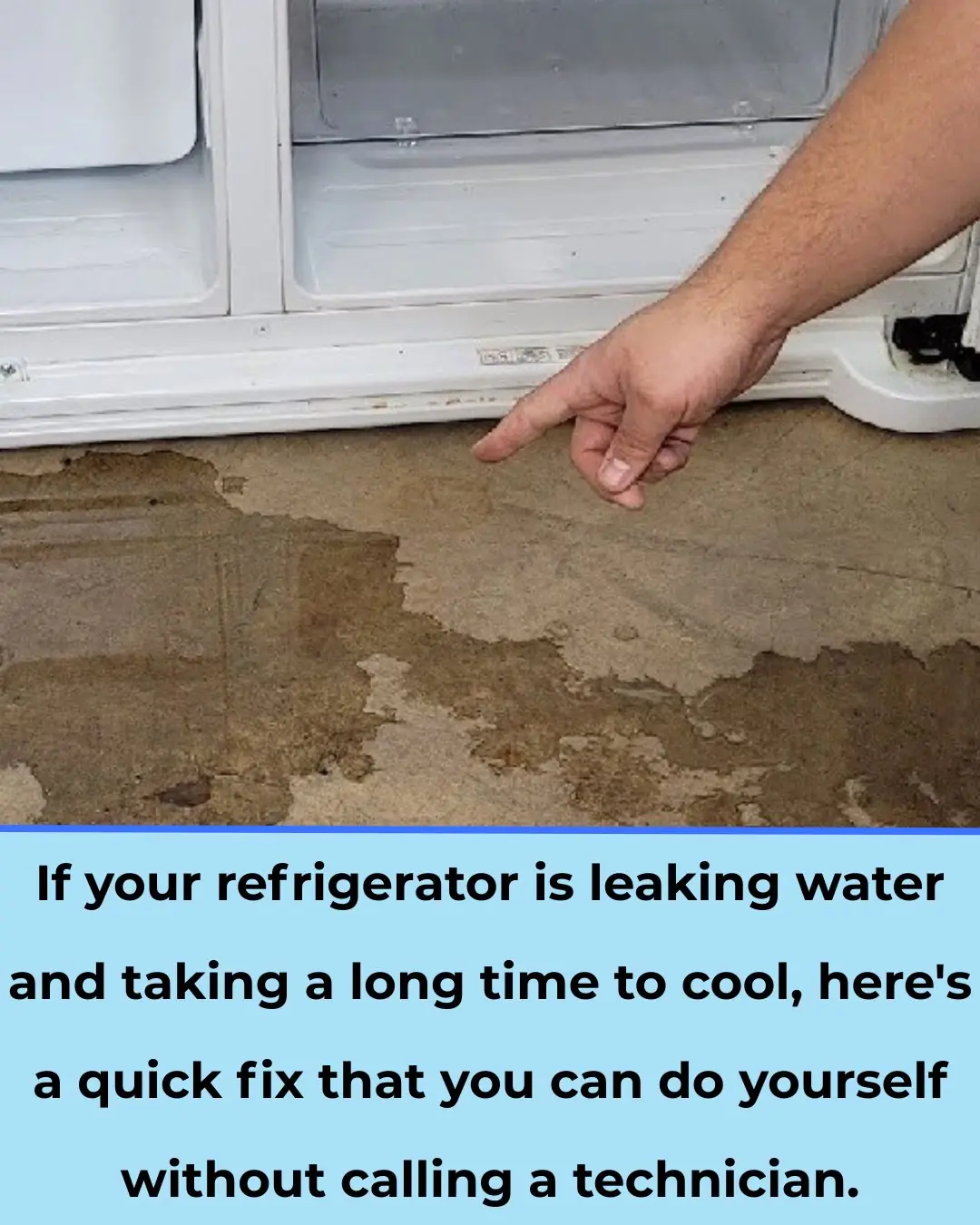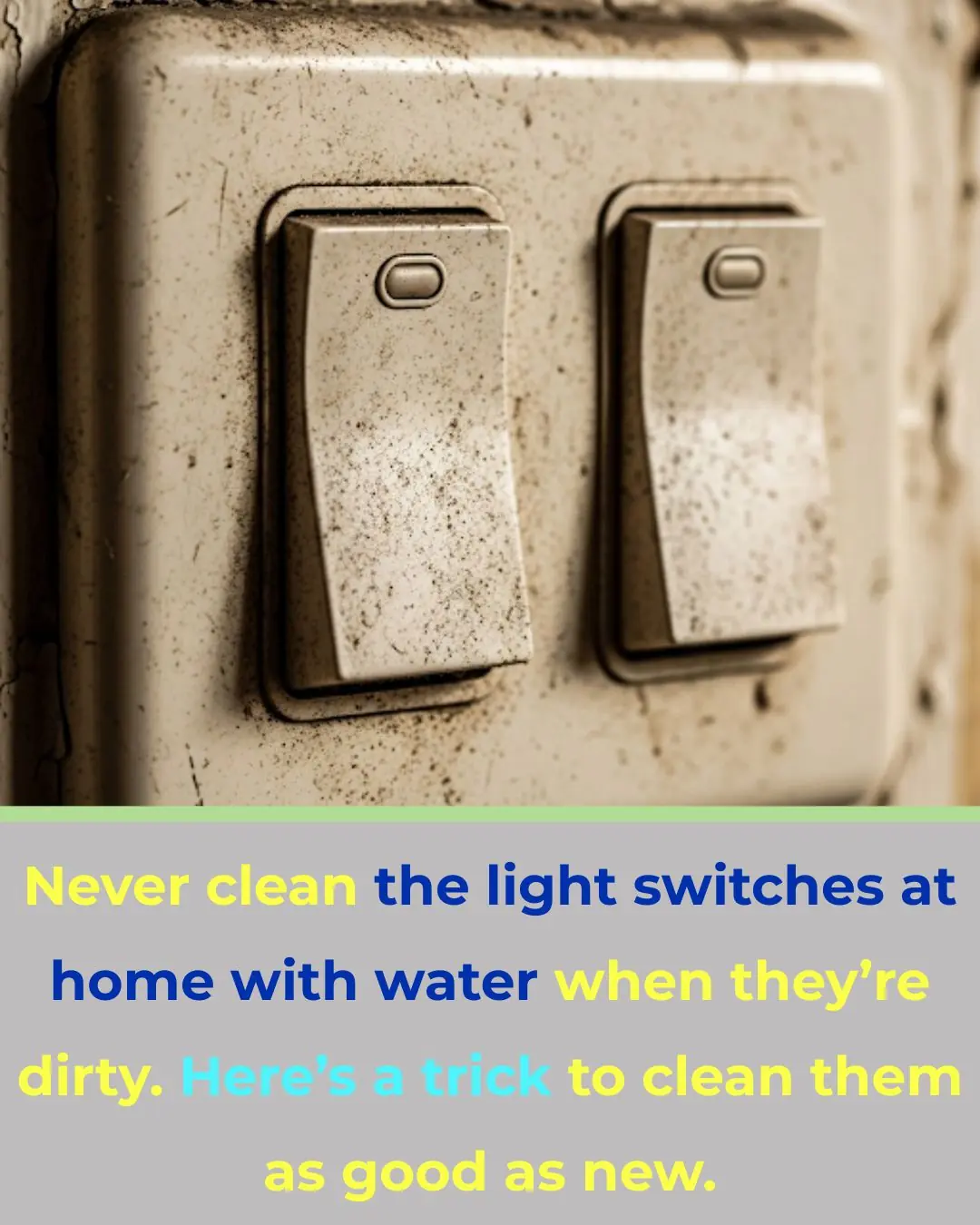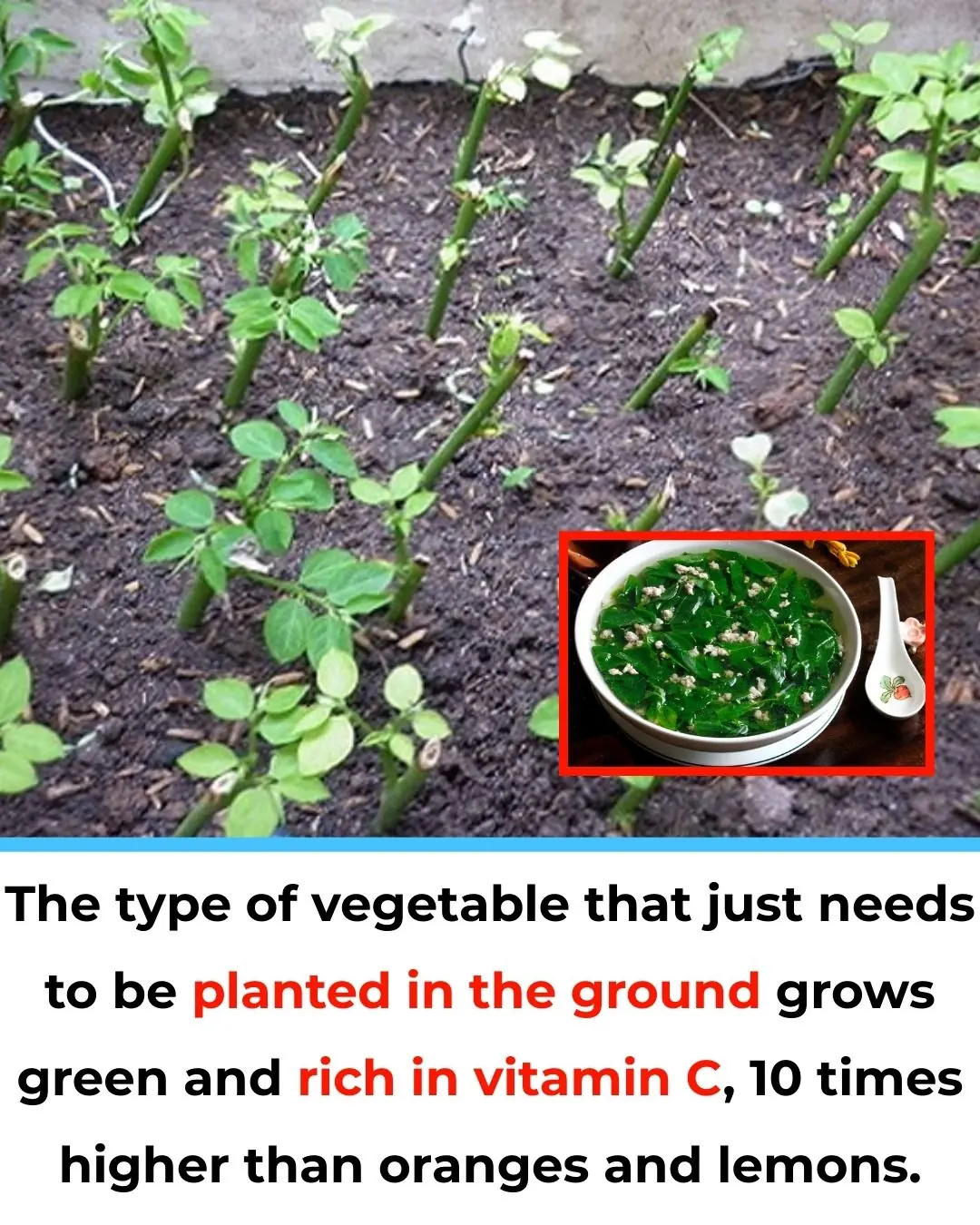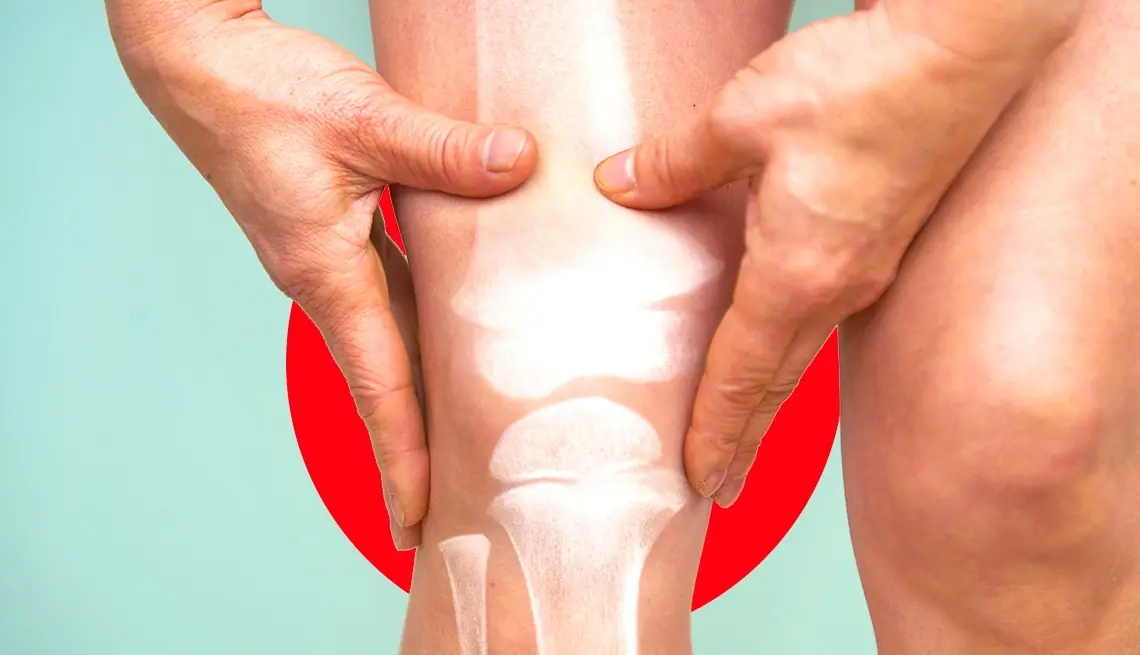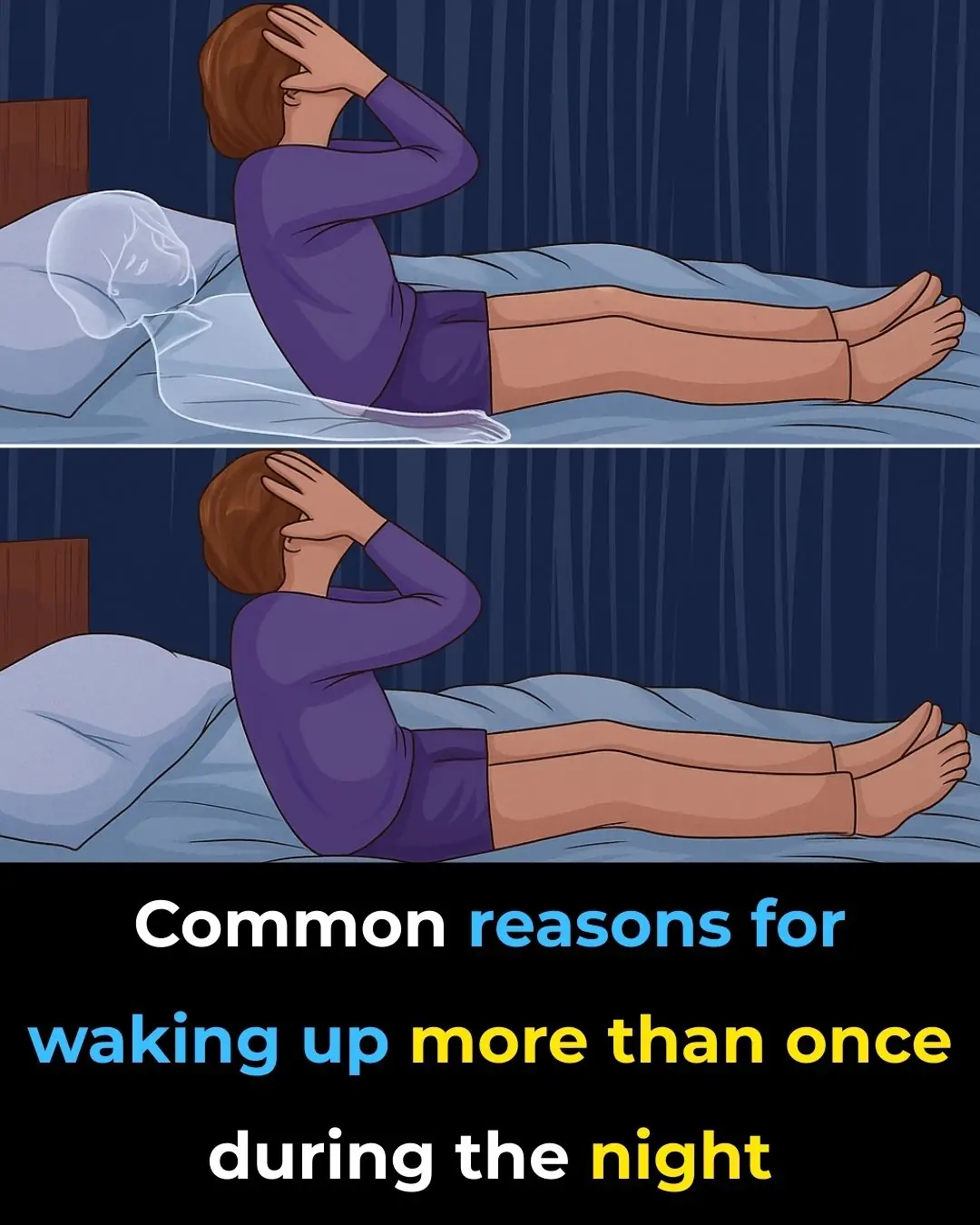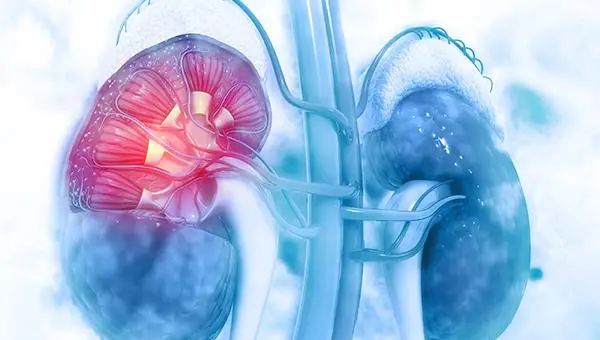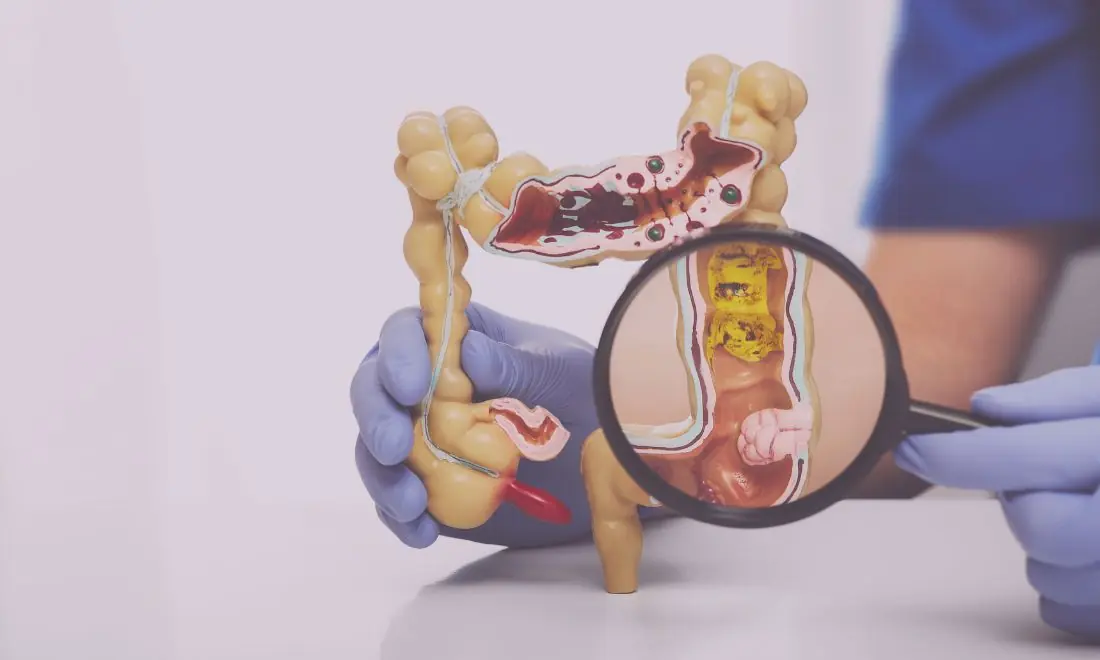If you've ever left rice in the rice cooker overnight, you’ve probably wondered whether it’s safe to eat the next day. The convenience of using a rice cooker means that sometimes, the rice is forgotten about. While it's easy to assume that rice left out too long should be tossed, the reality is more complicated. The answer may surprise you, as it depends on a few factors.
The Risks of Eating Leftover Rice
The main concern when eating rice that’s been left in the cooker overnight is food safety. Rice can be contaminated with bacteria, particularly Bacillus cereus, a type of bacteria commonly found in rice. This bacteria can survive cooking, and if rice is left at room temperature for too long, it can multiply and cause food poisoning.
Bacillus cereus produces toxins that can lead to nausea, vomiting, stomach cramps, and diarrhea. The symptoms often appear within a few hours of eating contaminated rice.
Why does Bacillus cereus grow in rice?
-
Rice can contain spores of Bacillus cereus that are resistant to heat. When rice is left at room temperature for extended periods (especially overnight), the spores can germinate, multiply, and release toxins.
-
If the rice was left in a warm environment (such as in the rice cooker that hasn't been turned off), the bacteria have the perfect conditions to thrive.
What About Rice Left in the Rice Cooker on "Keep Warm" Mode?
If your rice cooker was set to "Keep Warm" overnight, there is less of a risk compared to rice left at room temperature. Most modern rice cookers maintain a temperature between 140°F (60°C) and 160°F (70°C) on the "Keep Warm" setting. At these temperatures, Bacillus cereus cannot grow or produce toxins as quickly, so the rice is generally safe to eat the next day.
However, temperature control matters:
-
If the rice cooker’s warm setting drops below 140°F (60°C), it may no longer keep the rice hot enough to prevent bacterial growth, which increases the risk of foodborne illness.
-
If the rice cooker was turned off and the rice was left in a warm, damp environment overnight, it is best to discard it.
How to Safely Store Rice
To avoid any risk, it’s best to store leftover rice in a safe and sanitary manner:
-
Cool It Down Quickly: If you don’t plan to eat the rice right away, transfer it to a shallow container and refrigerate it within an hour of cooking to cool it down rapidly.
-
Refrigerate the Rice: Rice should be stored in the refrigerator at 40°F (4°C) or lower. You can store leftover rice in an airtight container for up to 3-4 days.
-
Reheat Thoroughly: When reheating rice, make sure it is heated to a high temperature, ideally 165°F (74°C) or higher, to kill any bacteria that may have developed.
The Verdict: Can You Eat Rice Left in the Cooker Overnight?
-
If the rice was kept warm at the right temperature (140°F/60°C or above), it is likely safe to eat, though the texture may not be as good.
-
If the rice was left at room temperature or in a warm cooker that wasn’t on a "Keep Warm" setting, it’s better to throw it away to avoid the risk of food poisoning.
How to Revive Leftover Rice
If your leftover rice is safe to eat but a bit dry or hard, you can revive it:
-
Add Moisture: Add a tablespoon of water per cup of rice, cover with a damp paper towel or lid, and microwave for 1-2 minutes. Alternatively, reheat it in a saucepan with a little water to steam the rice back to a fluffy texture.
-
Stir It Up: Fluff the rice with a fork to break up clumps before serving.
Conclusion
While it’s tempting to save time by eating rice left in the cooker overnight, food safety should be the top priority. If the rice has been left at room temperature for too long, it’s better to discard it to avoid potential food poisoning. If it’s been kept on "Keep Warm" mode or properly refrigerated, however, you can safely enjoy it the next day. Always remember to store and handle leftover rice properly to avoid any health risks.

